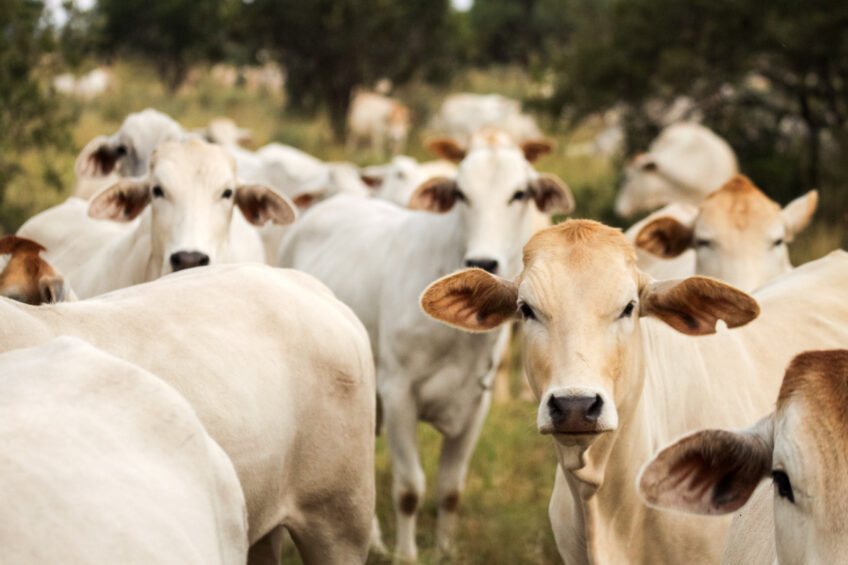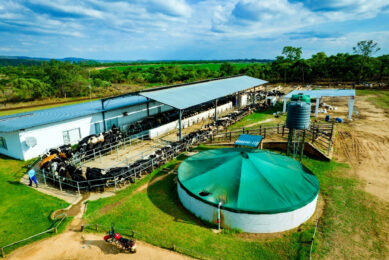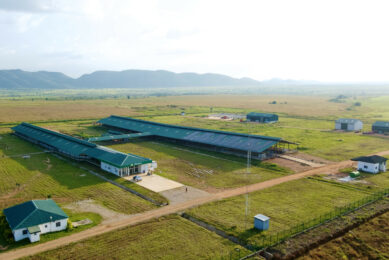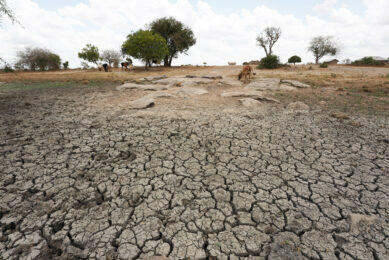New blood test against Nagana disease

The University of Dundee and the Global Alliance for Livestock Veterinary Medicines (GALVmed) have partnered to develop a simple and effective device that tests for a cattle disease that is endemic in 40 African countries and accounts for up to a 50% loss in milk and meat production in the continent.
The device, less than 3 inches long and similar in format to a pregnancy test, can identify within 30 minutes whether or not an animal is infected with the parasite Trypanosoma vivax from a single drop of blood. The simple device does not require electricity or any additional equipment, factors that are essential for deployment in resource-limited settings.
The cattle disease nagana, also called African animal trypanosomosis, is caused mainly by 2 parasite species:
- Trypanosoma vivax
- Trypanosoma congolense
It affects huge swathes of sub-Saharan Africa. The T. vivax form of nagana has also spread to South America. With around 60 million cattle at risk from the disease, which causes muscle wasting and death, the socio-economic impacts of nagana are profound. It has an impact on the lives of millions of smallholder farmers and the economy.
“Nagana is difficult to diagnose because early symptoms can be easily confused with a myriad of other endemic diseases,” said Professor Mike Ferguson, Regius Professor of Life Sciences at the University of Dundee, who led the research team. “There is an urgent need for new, inexpensive and simple, diagnostics that can be used by vets and farmers to test animals prior to deploying expensive medicines.”
The prototype diagnostic device was evaluated with over 100 serum samples from uninfected and T. vivax-infected cattle. The promising results, just published in the journal PLOS Neglected Tropical Diseases, have inspired GALVmed to further investigate this innovative diagnostic test for use in Africa.
To ensure that the final test is widely used throughout the regions where it’s endemic, GALVmed will be working with scientists, manufacturers and distributors in the 40 countries where AAT is rife to create a sustainable supply chain for the final product.”
Join 13,000+ subscribers
Subscribe to our newsletter to stay updated about all the need-to-know content in the dairy sector, two times a week.











